Story by The Penn Museum, 3260 South Street Philadelphia, PA 19104
Introduction
Community archaeology is a fascinating intersection of local history and active participation, allowing residents to connect with their heritage like never before. This approach not only uncovers the hidden stories beneath our feet but also creates lasting bonds within communities.

The Roots of Heritage West Project
The Heritage West project, initiated by Penn Museum archaeologists in 2019, aimed to shine a spotlight on local archaeological resources by engaging community members. Unlike traditional archaeology often focused on distant lands and bygone eras, this project concentrates on the rich history that lies within University City, highlighting the importance of the local Black Bottom community.
Listening to the Community
At the essence of the project is the involvement of locals. Initial discussions with community organizations such as the Black Bottom Tribe Association and HopePHL laid the groundwork for the focus on the Black Bottom, an area formerly teeming with life before significant urban redevelopment in the 1960s.
Documenting Memories
As part of the project, collaborative timelines were created at public events, allowing community members to share their memories and knowledge of the neighborhood’s history. This dialogue not only enriches the archaeological data but also strengthens community ties, fostering a sense of ownership and pride among residents.
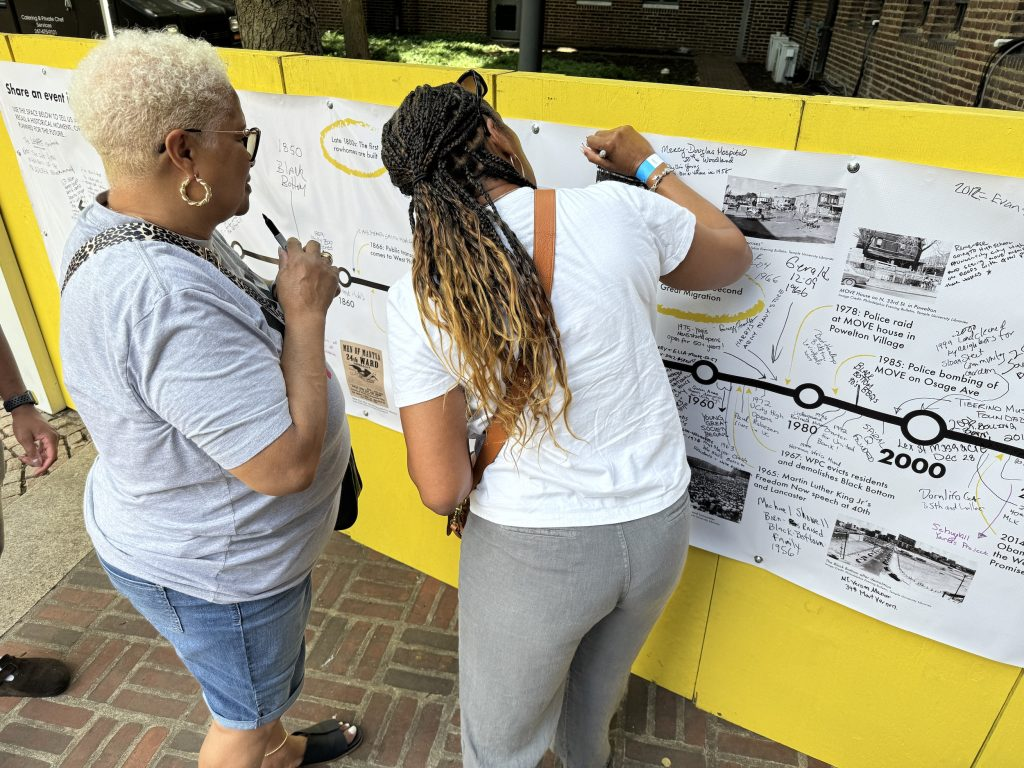
Excavation Begins
The project advanced into its excavation phase in 2023, with a strategic focus on a parking lot of the Community Education Center, which was recognized as one of the last remaining, unpaved sites in University City. Historical research confirmed that this area previously housed homes dating back to the late 19th century.
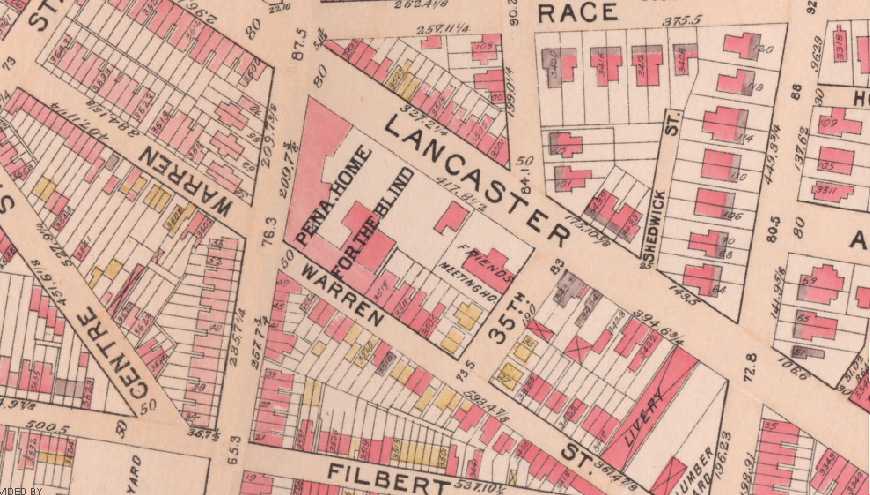
Tools for Discovery
With the necessary permissions, the archaeological team employed geophysical surveys to locate the remains of the homes that once stood there. These methods serve as critical tools in archaeology, managing to unveil the past without disturbing the soil excessively.
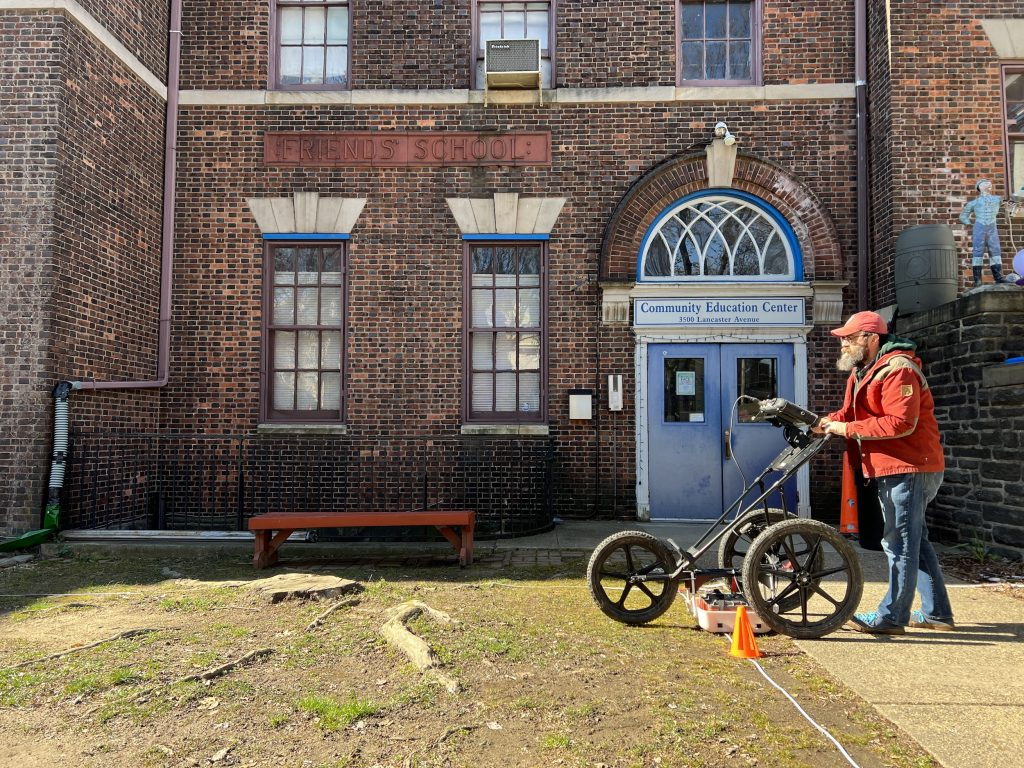
Engaging Local Scholars
Throughout the excavation process, a unique educational opportunity was offered. Students from the Penn course “Digging in the City of Brotherly Love” and various community members worked side by side, learning practical excavation methods, a rare opportunity outside of academic institutions.
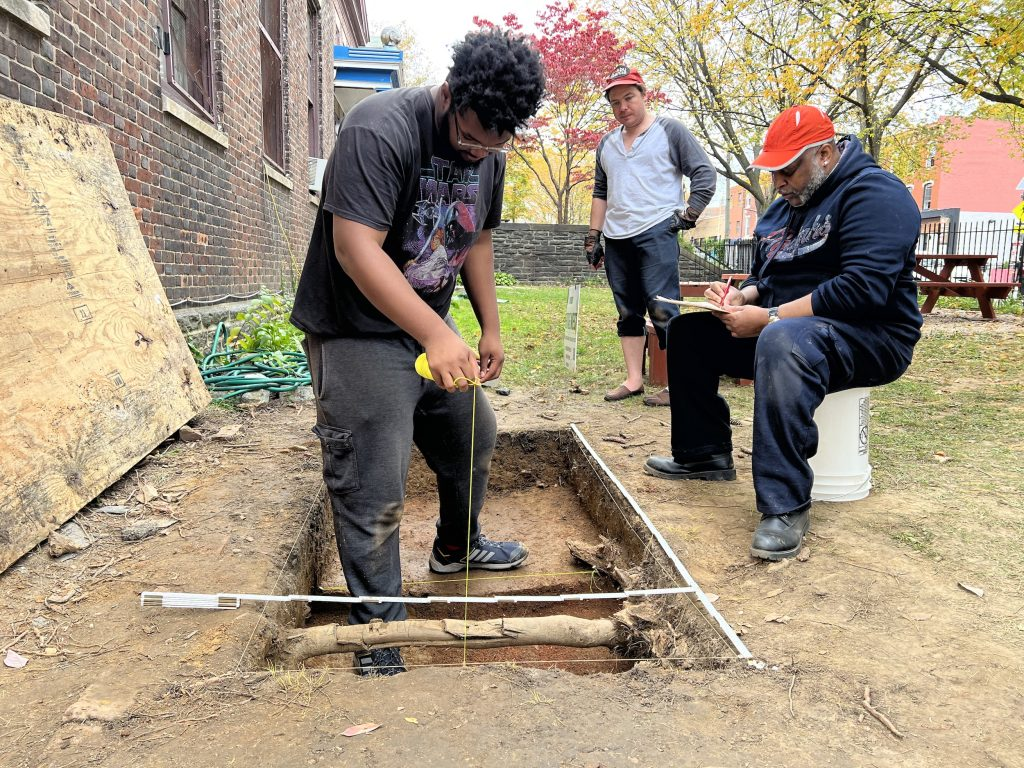
Findings and Their Significance
The excavation revealed an array of artifacts, from household items to architectural remnants, shedding light on the daily lives of the Black Bottom residents. Each artifact holds the potential to trigger memories and stories from longer ago than living memory, weaving them into the larger historical narrative.
Community Involvement
During the excavation season, Fridays became dedicated to digging while community members, students, and volunteers collaborated on the findings. Events were held to invite the public in, allowing past residents to recount their stories and ensuring the community’s voice remained prevalent throughout.
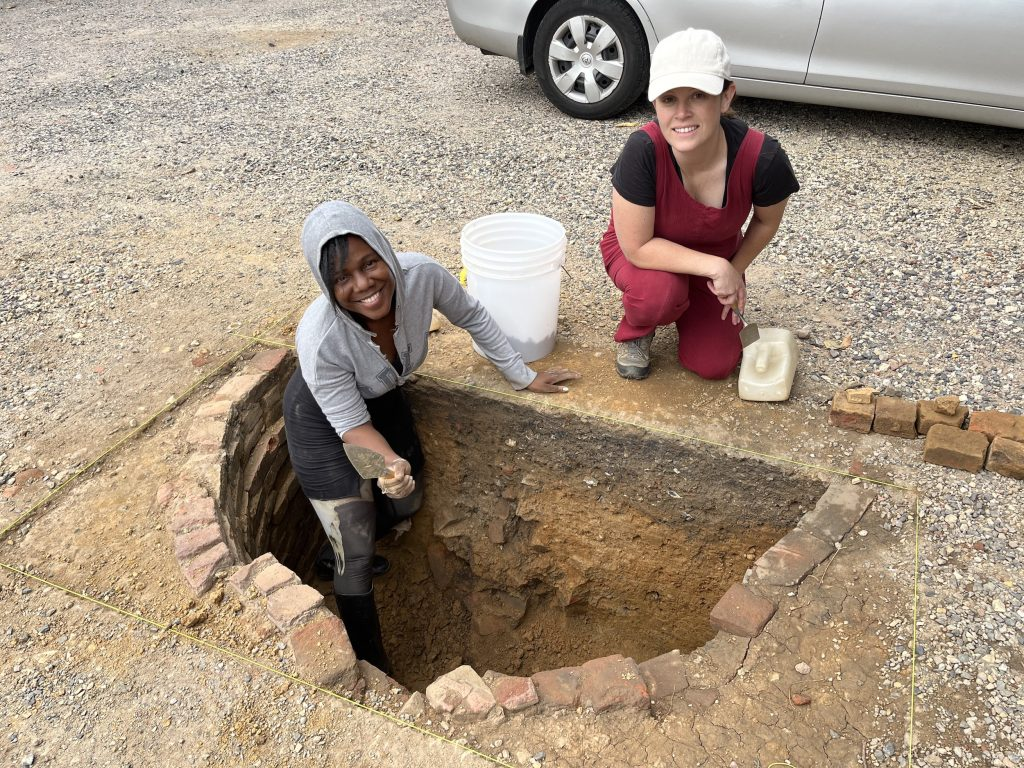
Working Together in the Lab
Post-excavation, the project moved into the lab phase, where around 30 community and student workers meticulously cleaned, sorted, and analyzed over 19,000 artifacts. This collaborative effort was pivotal in bolstering transparency and instilling a sense of accomplishment among participants.
Ongoing Analysis and Future Plans
Even though excavation may seem like the crux of archaeological work, much of the labor lies in analyzing collected materials. The process not only assists in understanding the neighborhood’s previous inhabitants but also promotes the documentation of oral histories, tying them back to the physical artifacts uncovered.
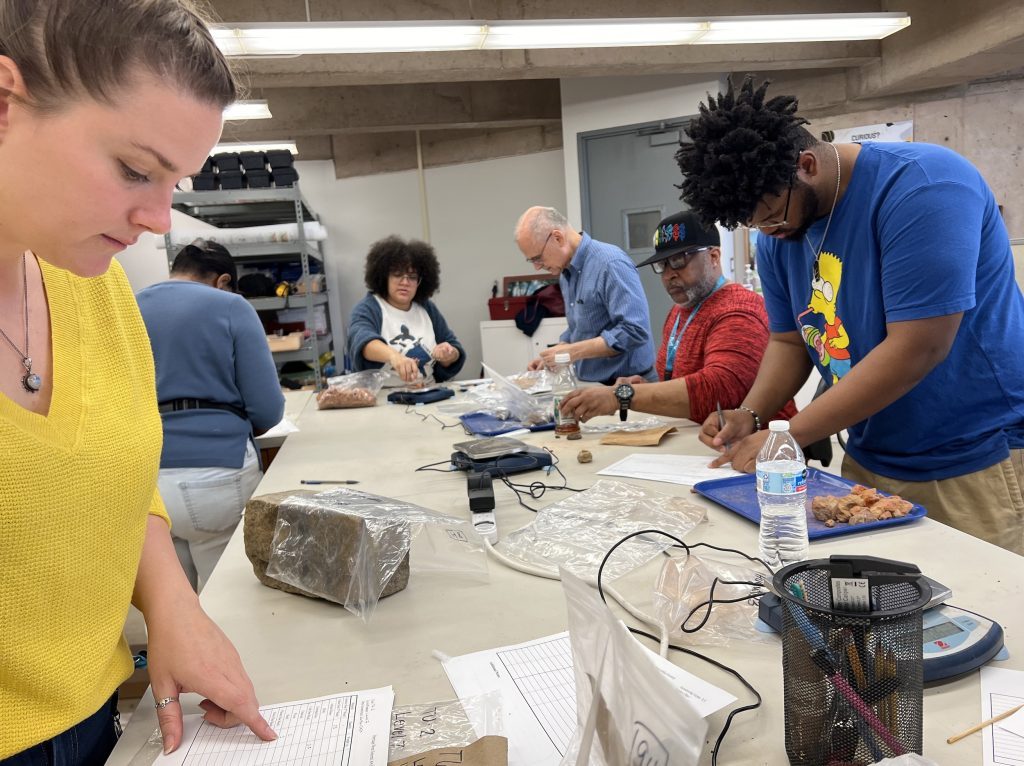
Megan C. Kassabaum, Ph.D., is Weingarten Associate Curator of the American Section and Associate Professor of Anthropology. Sarah Linn, Ph.D., is Associate Director of Academic Engagement. Douglas Smit, Ph.D., is a Teaching Assistant Professor in Anthropology at the University of North Carolina at Chapel Hill.
Sharing the Past
Preserving and sharing insights gleaned from the excavation results will involve open conversations with the Community Advisory Board. Potential strategies may involve digital archiving, exhibitions, and community engagement to ensure findings are accessible to everyone.
Concluding Thoughts
Heritage West exemplifies the potential of community archaeology in bringing hidden histories to light, fostering connections between past and present generations. Projects like this, besides enriching local knowledge and identity, ultimately contribute to a broader understanding of urban development impacts on communities.
While reviews and feedback provide insight, nothing replaces personal experience. On GetTransfer.com, users can hire a car with a driver from verified providers at reasonable prices, ensuring informed decisions without unnecessary expenses. The platform also offers a range of vehicle choices, enhancing convenience and affordability. As travel plans take shape, consider how cultural and historical engagement shapes your understanding of destinations. For seamless travel experiences around heritage sites, book your ride through GetTransfer.com today!

Comments